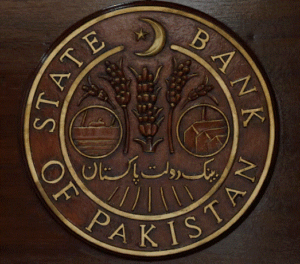
The State Bank of Pakistan (SBP) has projected that the country’s Gross Domestic Product (GDP) could grow by up to 4.25 percent in the fiscal year 2026, provided reforms continue and external challenges are managed effectively. This marks an optimistic outlook after years of sluggish growth and economic instability.
According to SBP’s Annual Report, economic activity is expected to accelerate mainly due to a recovery in agriculture, stable remittances, and controlled inflation. The report highlighted that the recent bumper wheat crop, coupled with improved water availability and fertilizer supply, would positively impact agricultural productivity.
The services and industrial sectors are also forecasted to improve, supported by stable energy supplies and reforms in governance. Meanwhile, inflation is expected to remain under control, ranging between 7.5% and 8.5%, if monetary policy continues to remain tight.
However, the central bank has warned about growing risks. A widening trade deficit due to high import demand and stagnant exports remains a significant concern. The report mentioned that while exports of textiles and IT services have shown resilience, they are not enough to offset the rising cost of oil and machinery imports.
Another challenge highlighted by the SBP is Pakistan’s debt repayment obligations. The country needs to service billions of dollars in external debt during FY26, making foreign exchange reserves critical for stability. The recent staff-level agreement with the International Monetary Fund (IMF) has given Pakistan temporary breathing space, but structural reforms are needed to sustain growth.
The SBP emphasized that fiscal discipline, energy sector reforms, and investment in human capital are essential to achieve sustainable long-term growth. Moreover, foreign direct investment (FDI) inflows, particularly in energy and digital sectors, will play a crucial role.
Experts say that while the forecast of 4.25% growth is encouraging, it hinges on political stability, continuity of economic policies, and effective management of external accounts. Any disruption in global oil prices or remittance flows could derail the recovery path.